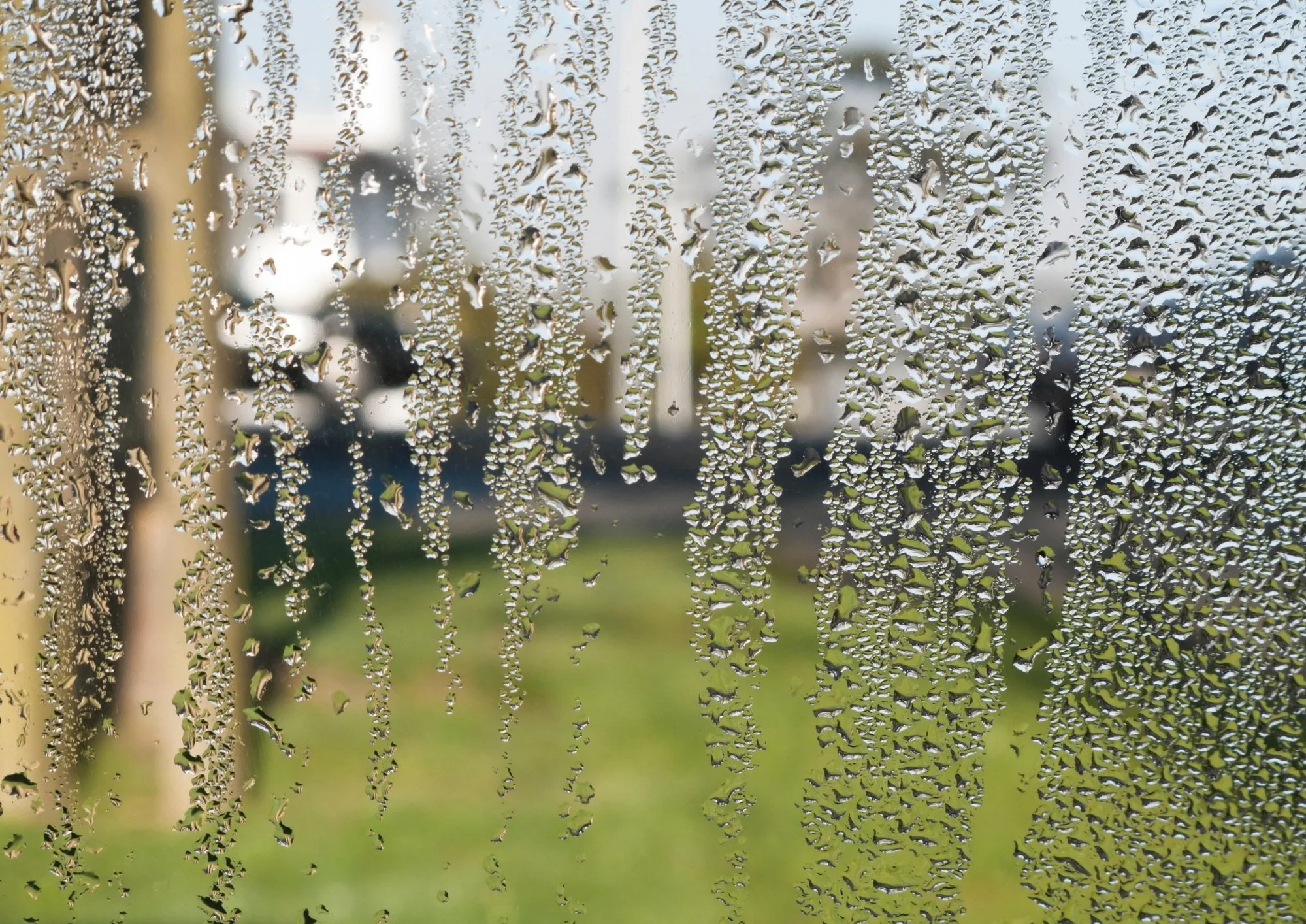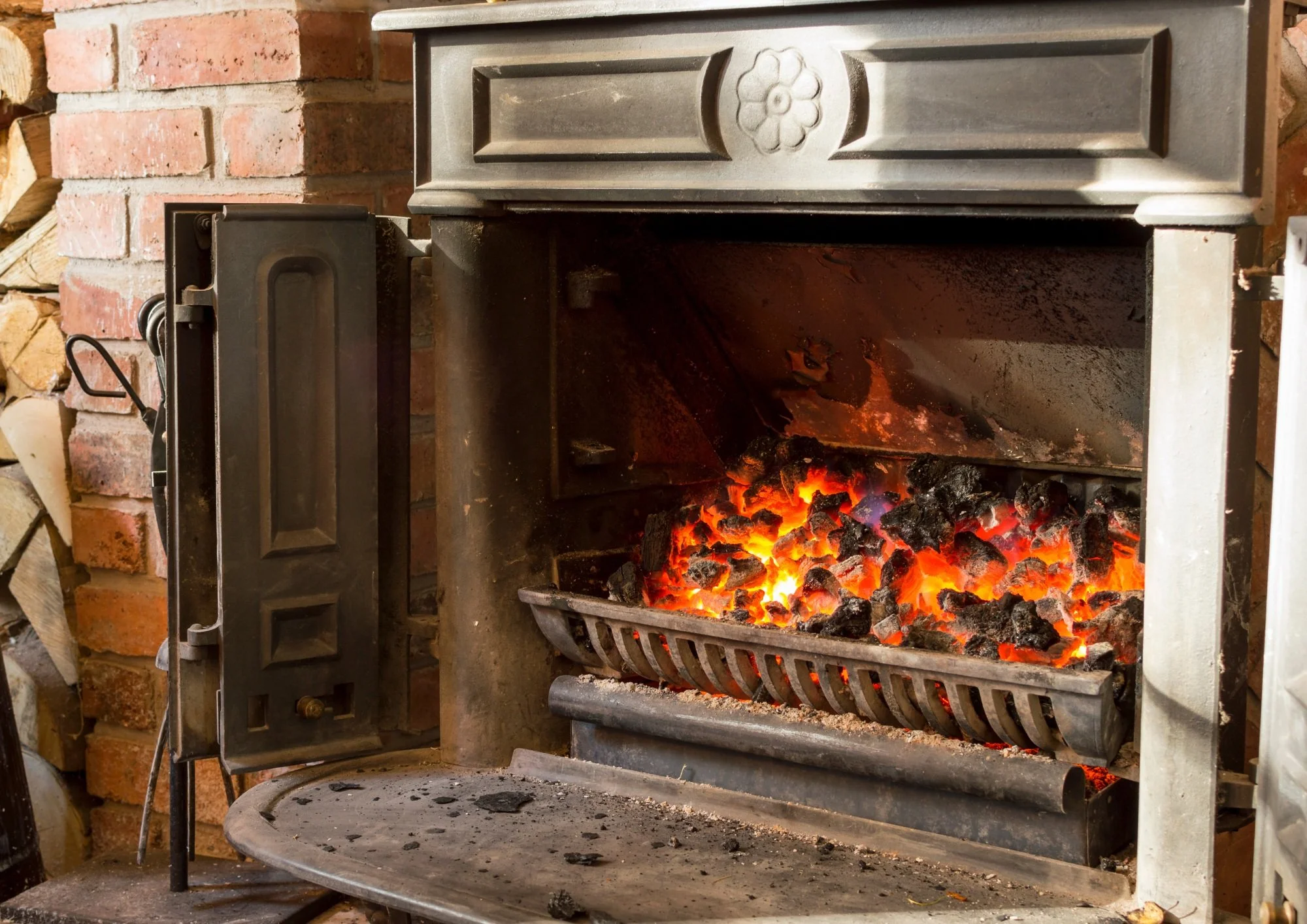Ventilation
Ventilation is an important part of making sure your home is a healthy place to be. We need to make sure that fresh air is coming in and stale air is going out. Good ventilation reduces mould, condensation and gets rid of indoor air pollution.
When we install insulation, we are fixing any gaps and cracks in the building, this increases the need for ventilation.
The Home Upgrade Grant 2 (HUG2) provides free energy-saving home improvement measures such as insulation and clean heat technology.
As part of your application, you will receive a retrofit assessment conducted on your property. This is to assess the condition of your home and ensure that the installation of new measures is suitable for your property and household. Sometimes, the installation of these measures prompts the need for adding ventilation.
Why is ventilation necessary for receiving measures through government funding?
HUG2 follows the fabric-first method of retrofitting your home, meaning that to ensure your house retains heat for longer. Insulation should be installed (where possible) before any clean heat technology such as solar panels or air source heat pumps can be installed.
Almost every building in the UK will already have some form of ventilation, however a lot of homes don’t have enough, or it isn’t being used properly or maintained. Many people are unaware of how important ventilation is for improved airflow in the home and consequently, to their health.
To combat this have decided to help by explaining what types of vents are available, and why they’re a requirement for a lot of the work they do.
To learn more about the fabric first principle please click here.
Why Are Vents Needed?
Reducing Condensation
If there is not enough airflow in the home condensation will build up and in time, this can cause mould.
Condensation can be prevented by improving airflow and keeping the walls warm through insulation.
Reducing Indoor Pollutants
The previous issues can seriously impact a person's health. Ventilation above all should ensure a house has good quality air and reduces the risk of a room feeling too stuffy.
Remember, we all need air to breathe!
Providing Fresh Air
When using heating appliances that run on gas or coal it is vital that good airflow is maintained. If the vents become blocked, or they are the incorrect type of vent, the air in the room will be used up and replaced with toxic gases such as carbon monoxide. Correct ventilation can be a lifesaver in these situations.
Types of Vents
Uncontrolled Ventilation
This is when ventilation is created through unmanageable ways such as a draft from a poorly fitting door, or a broken window. These types of ventilation make a property colder, and you can often feel them on a cold and windy day.
Doors and Windows
This is an obvious one but windows and doors can provide ventilation and fresh air when your house is feeling stuffy. However this does make your house colder.
Intermittent Mechanical Extraction Ventilation (MEV)
This refers to a wide selection of ventilation such as extractor fans and air conditioning which moves air around the building. However, these types of ventilation should not be solely depended on. When paired with trickle vents they work incredibly well. MEV is usually intermittent and connected to a switch, shower or bathroom light which turns on when the room is being used.
Continuous Mechanical Extraction Ventilation
This system continuously but slowly extracts moist, stale air from wet rooms and exhausts it to the outside.
Trickle Vents
This refers to small vents positioned on your window frames that can be opened or closed. When open they allow a ‘trickle’ of air to enter and exit your home.
FAQ
-
One of the most common concerns we hear is that adding ventilation will make your house colder. This is a generalisation. Controlled, purpose-built vents allow your house to be more comfortable by allowing a very small flow of constant air in and out.
-
Yes, if you are due to receive insulation, and do not already have sufficient ventilation in your property, we will arrange to have some installed. You will not be able to proceed with your application if you refuse the required ventilation.
-
As ventilation is necessary for the installation of measures, if you are eligible for the HUG2 scheme, the ventilation work will be free.
-
There are a few things you need to check if you’re worried your vents aren’t working correctly.
Check all your vents are positioned on the outside wall otherwise they will not work.
Clean your vents. Vents can get blocked with dust. Cleaning your vents is an important aspect of vent maintenance and will need to be done every few months to ensure they are working at their peak efficiency.
Sometimes vents have stopped working properly and may need replacing.
If you have any questions about your ventilation or your application, please contact us on









